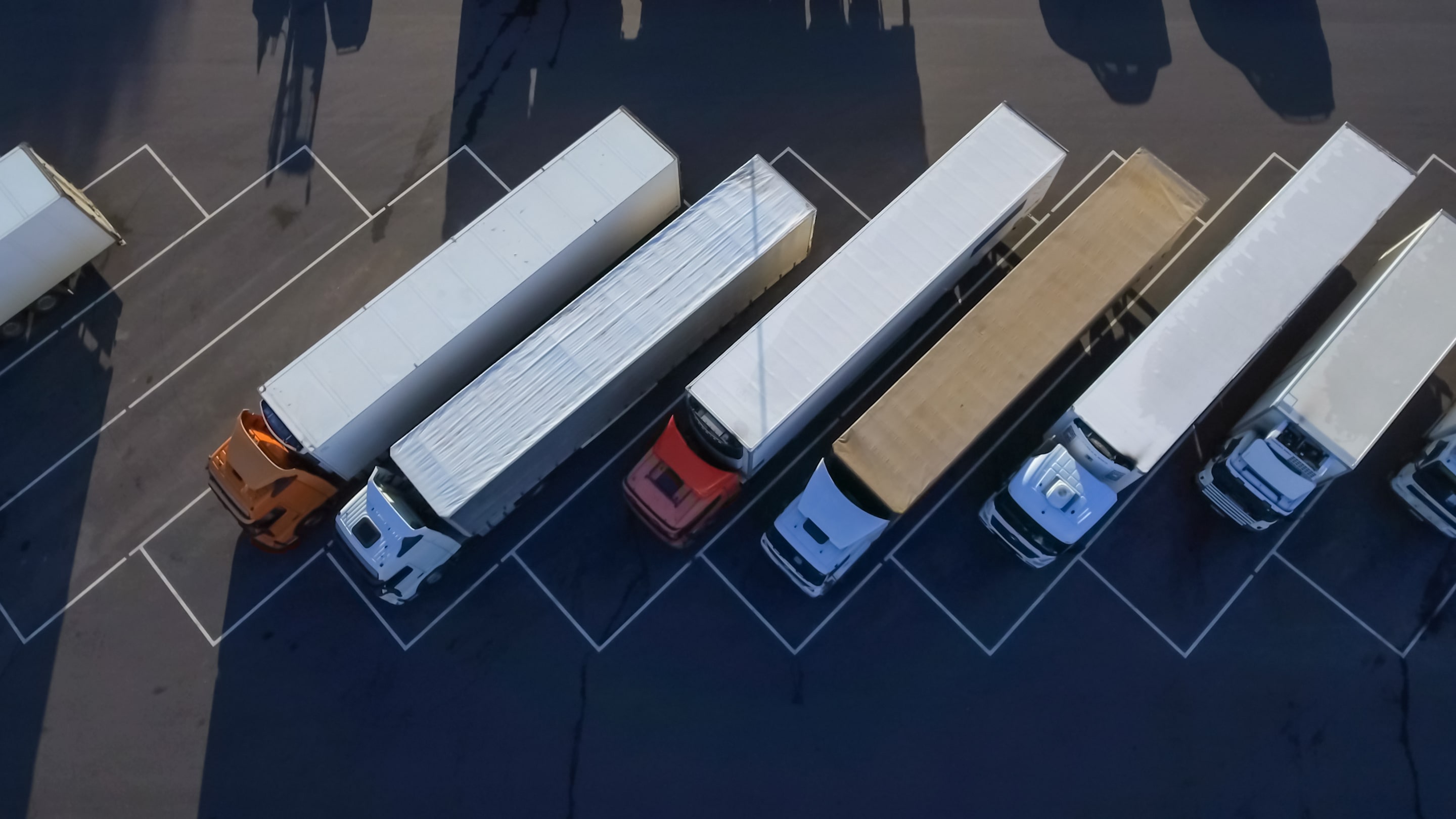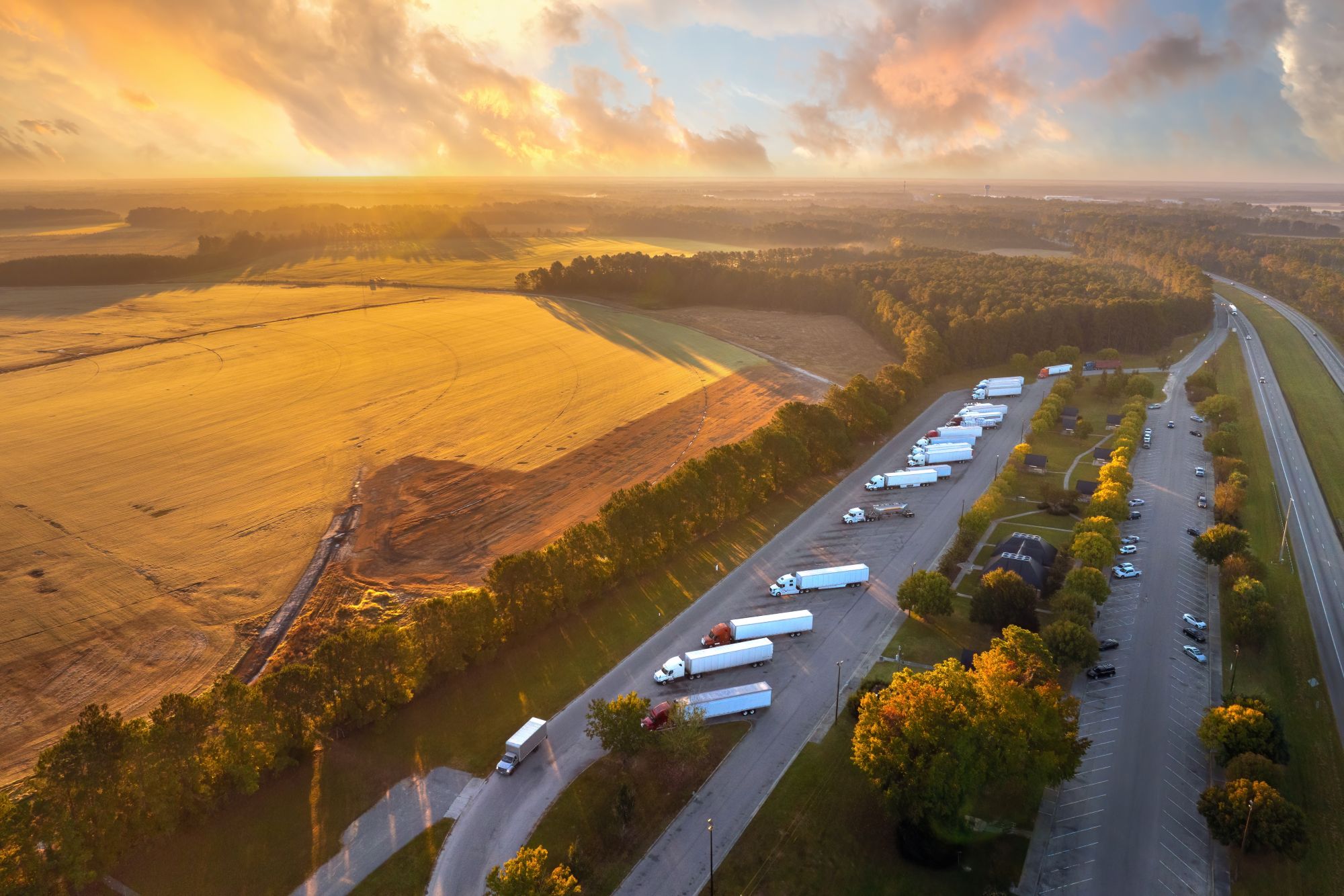
Guest
Odpravljanje pomanjkanja voznikov tovornih vozil v Združenem kraljestvu v letih 2024/2025
Ustvarjeno: 16. 08. 2024
•
Posodobljeno: 10. 10. 2024
Pomanjkanje voznikov tovornih vozil v Združenem kraljestvu je kompleksen in večplasten izziv, ki ima daljnosežne posledice za nacionalno gospodarstvo in dobavne verige. Vendar so usklajena prizadevanja vlade, industrije in zainteresiranih strani začela prinašati pozitivne rezultate, kar kaže na to, da se je trend morda obrnil.
Ko se Združeno kraljestvo ozira proti letoma 2024 in 2025, bo nadaljnja zavezanost reševanju pomanjkanja voznikov, skupaj s poudarkom na privabljanju in zadrževanju nadarjenih posameznikov, ključnega pomena za zagotavljanje dolgoročne odpornosti in blaginje prometnega sektorja.
Globina krize
Pomanjkanje voznikov težkih tovornih vozil v Združenem kraljestvu je vedno bolj zaskrbljujoče, leta 2021 pa bodo razmere dosegle kritično točko. Po poročilih iz panoge se je država na vrhuncu krize soočala s pomanjkanjem približno 100.000 voznikov tovornih vozil. Ta številka je predstavljala znatno povečanje glede na 59.000 manjkajočih voznikov, o katerih so poročali leta 2019, kar poudarja hitro poslabšanje razmer.
Dejavniki, ki so prispevali k temu pomanjkanju, so bili večplastni, vključno z vplivom pandemije COVID-19, posledicami brexita in spremembami davčnih pravil IR35, ki so vplivale na voznike tovornih vozil, ki so jih agencije zaposlovale pogodbeno. Zaradi teh motenj so številni izkušeni vozniki zapustili panogo, medtem ko na trg ni prišlo dovolj novih talentov, ki bi zapolnili nastalo praznino.

Posredovanje vlade in prizadevanja industrije
Vlada Združenega kraljestva in zainteresirane strani v panogi so ob zavedanju resnosti razmer sprejele odločne ukrepe za odpravo pomanjkanja voznikov tovornih vozil. Ministrstvo za promet je poročalo o opaznem izboljšanju, saj se je odstotek prostih delovnih mest za voznike tovornih vozil, o katerih so poročala prevozna podjetja, zmanjšal s 43 % v četrtem četrtletju 2021 na 23 % v tretjem četrtletju 2023.
Eden od ključnih izvedenih ukrepov je bilo povečanje sredstev za privabljanje in usposabljanje novih voznikov tovornih vozil. Vlada je tudi pospešila postopek pridobivanja vozniških dovoljenj za tovorna vozila in vložila 8 milijonov funtov za izboljšanje kakovosti počivališč za tovorna vozila, s čimer je rešila dolgoletno vprašanje slabih delovnih pogojev za voznike.
SNAP je več parkiriščem za tovornjake v Združenem kraljestvu pomagal pri pripravi vlog za vladna sredstva za izboljšanje njihove infrastrukture. Preberite več o parkiriščih za tovornjake vključenih v mrežo SNAP.
Obravnavanje staranja delovne sile in privabljanje mlajših talentov
Eden od stalnih izzivov v panogi voznikov tovornih vozil je staranje delovne sile, saj je povprečna starost voznikov 48 let. Industrija ima težave s privabljanjem mlajših talentov, saj je zaradi slabih delovnih pogojev, povprečnih plač in nezanimive poklicne poti mnoge odvrnila od tega, da bi se odločili za poklic voznika tovornjaka.
Vlada je pred kratkim začela posvetovanje o znižanju minimalne starostne meje za voznike avtobusov, s čimer bi se lahko mladim odprlo več možnosti za vstop v prometni sektor. Ta poteza bi lahko skupaj s prizadevanji za izboljšanje opreme za voznike in delovnih pogojev pripomogla k temu, da bi ta panoga postala privlačnejša za naslednjo generacijo delavcev.
Oglejte si zemljevid parkirišč za tovornjake, avtopralnic za tovornjake in prenočišč v različnih regijah, ki jih pokriva omrežje SNAP.

premagovanje regulativnih ovir in spodbujanje prožnosti
K pomanjkanju voznikov tovornih vozil prispevajo tudi zakonodajne ovire in birokracija, s katerimi se soočajo novi vozniki ob vstopu v panogo. Postopek pridobivanja potrebnih dovoljenj in certifikatov je lahko dolgotrajen in drag, kar odvrača potencialne kandidate.
Zainteresirane strani iz panoge so se zavzele za prožnejše postopke usposabljanja in testiranja, podobne pristopu, ki so ga uporabila avtobusna podjetja. Z racionalizacijo postopka in njegovo večjo dostopnostjo upajo, da se bo povečalo število usposobljenih voznikov, ki vstopajo na trg.
Vpliv brexita in COVID-19
Pomanjkanje voznikov težkih tovornih vozil v Združenem kraljestvu se je dodatno zapletlo zaradi posledic brexita in motenj, ki jih je povzročila pandemija COVID-19. Izguba voznikov iz EU, ki so prej predstavljali pomemben del delovne sile voznikov tovornjakov v Združenem kraljestvu, je bila velik udarec.
Poleg tega je vpliv pandemije na usposabljanje in testiranje povzročil, da na trg vstopajo novi vozniki. Po okrevanju gospodarstva je povečano povpraševanje po blagu in storitvah še bolj obremenilo že tako obremenjen prometni sektor.

Sodelovanje in inovacije
Za odpravo pomanjkanja voznikov težkih tovornih vozil bo potrebno sodelovanje med vlado, zainteresiranimi stranmi v panogi in izobraževalnimi ustanovami. S sodelovanjem lahko razvijejo celovite rešitve, ki bodo odpravile temeljne vzroke problema ter ustvarile bolj trajnosten in odporen prometni sistem.
Ključno vlogo pri zmanjševanju posledic pomanjkanja voznikov ima lahko tudi uporaba inovativnih pristopov, kot je uporaba tehnologije za optimizacijo logistike in izboljšanje učinkovitosti voznikov. Naložbe v infrastrukturo, programe usposabljanja in pobude, usmerjene v voznike, lahko pomagajo pri oblikovanju močnejše, bolj raznolike in odpornejše delovne sile.
Pot naprej
Medtem ko se Združeno kraljestvo spopada z razvijajočim se področjem pomanjkanja voznikov tovornih vozil, je jasno, da bo rešitev zahtevala večplasten pristop. Pri zagotavljanju odpornosti nacionalnega prometnega omrežja bodo bistvenega pomena stalna podpora vlade, sodelovanje industrije ter zavezanost privabljanju in ohranjanju nadarjenih voznikov.
Čeprav krize v bližnji prihodnosti ne bo mogoče v celoti rešiti, pa dosedanji ukrepi dajejo kanček upanja. Z ohranjanjem osredotočenosti na inovacije, prožnost in vključenost si lahko Združeno kraljestvo prizadeva za prihodnost, v kateri bo prometni sektor usposobljen za izpolnjevanje naraščajočih zahtev gospodarstva in potreb državljanov.



